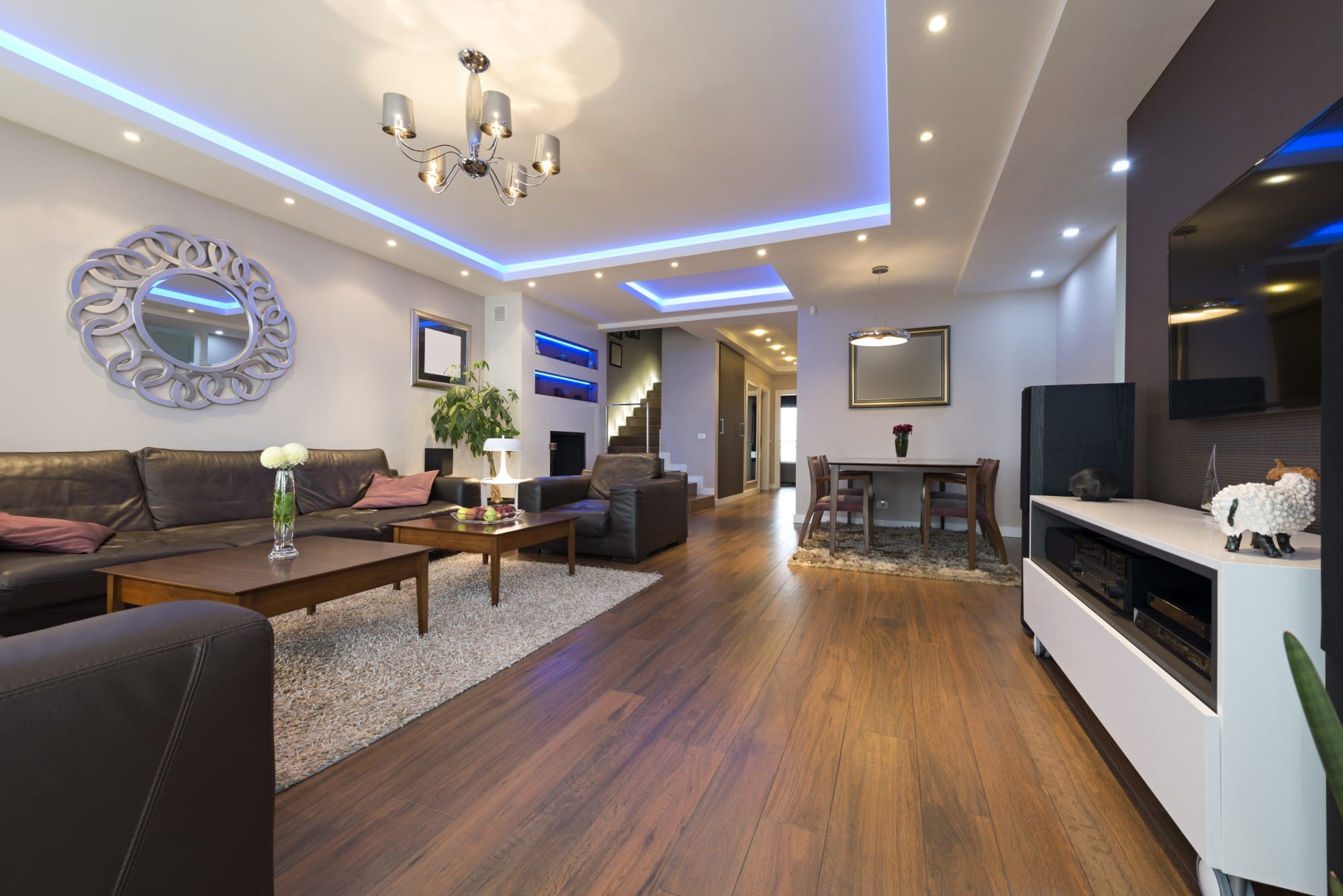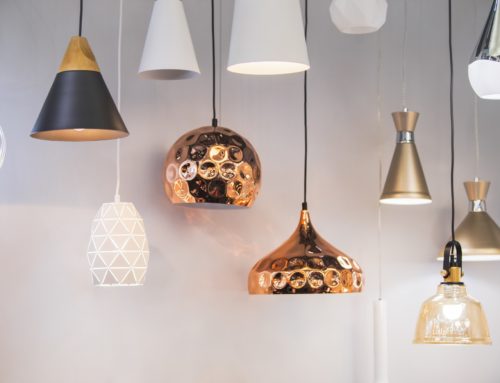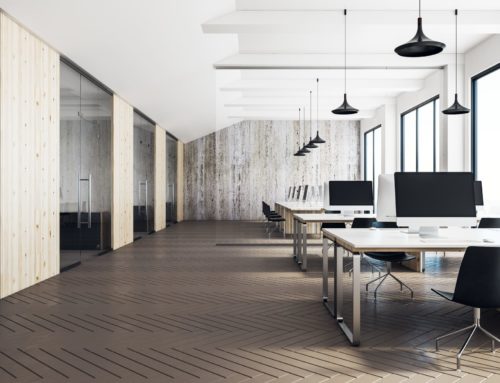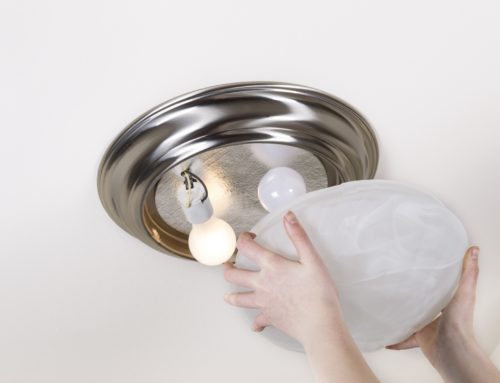Improving your home lighting design comes with many benefits. For one thing, the right lighting plan can help you save money. Just by switching out your old bulbs and fixtures to more energy-efficient products, you can easily cut your energy bills.
For another thing, re-thinking your house lighting can help everyone in your home be more productive during the day and sleep better at night. Remember that too much or too little light at the wrong time of day can have negative effects on the body.
And let’s not forget about how the right lights can help you create beautiful and functional spaces in your home. So if you’re thinking about a whole-house lighting makeover, it’s important you understand how to go about it the right way.
Read on to know the basics of creating your own lighting design plan.
First, Set Your Goals
The easiest way to get your residential lighting design right is to consult with a lighting designer. Having a pro eliminates guesswork on your part, but this will cost you extra.
Now, if you prefer the DIY approach, your lighting design plan should start with goal-setting. Ask yourself, what do you wish to see in the room you want to light? Are there architectural features such as a fireplace you want to highlight?
Also, think about the types of bulbs and fixtures you usually like. The clearer your answers are to these questions, the easier it is for you to come up with the right residential lighting design.
Next, Understand Your Lighting Design Options
Do you know what ambient or general lighting is for? What about task lighting and ambient lighting?
You should have an idea of what these lighting sources do because the best way to achieve quality lighting is layering. That means using a mix of lighting sources.
If you can use all three in every room, great. But if you can’t, that’s okay. The important thing is every room should have an overall glow without harsh shadows.
Last, Look at Other Residential Lighting Designs
Because there are room-specific lighting recommendations to consider, you should take a look at other residential lighting designs for inspiration. For example, if you have a kitchen island, you may want to go for pendant lighting. You can have these set in a row over the island, depending on how big it is.
There are also special considerations for dining room lighting, as well as entryway lighting. If you can get someone who’s an expert on lighting installation and repairs to help, better.
This way, you don’t have to do a lot of trial and error before getting the right indoor ambience. You can rely on their best advice and recommendations about which new lights and fixtures to get, as well as setting them in the right spots.
Need Help with Your Lighting Project?
Now that you know the basics of home lighting design, you should find it easier to go ahead with your lighting project. But if you need more help, don’t hesitate to get in touch with us.
You may also check out our other articles for more lighting tips and advice.






